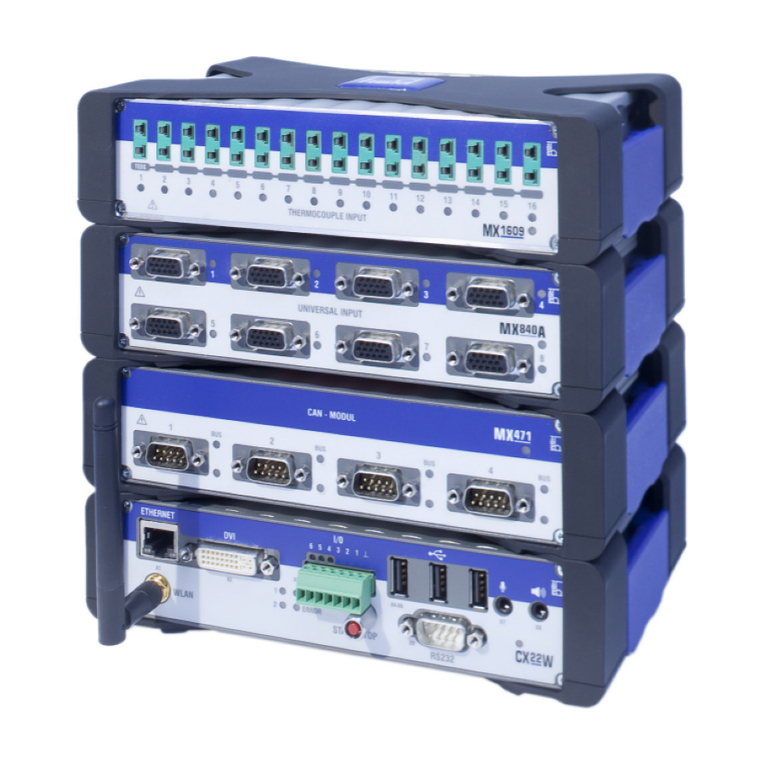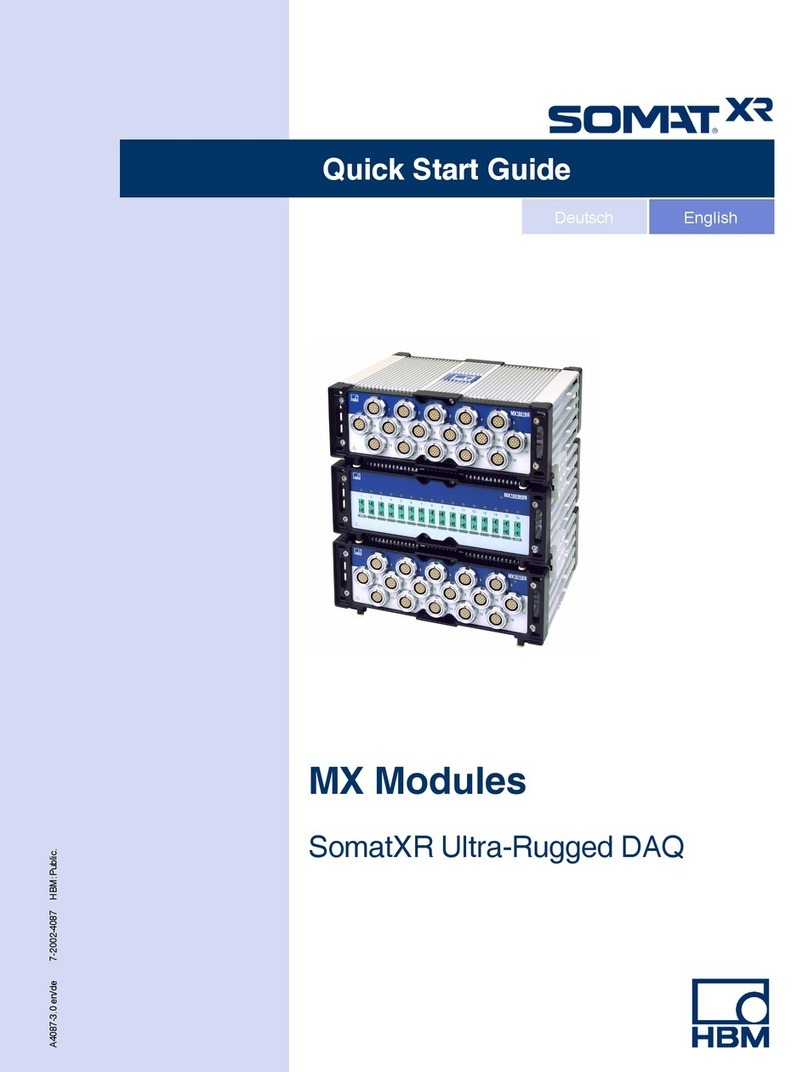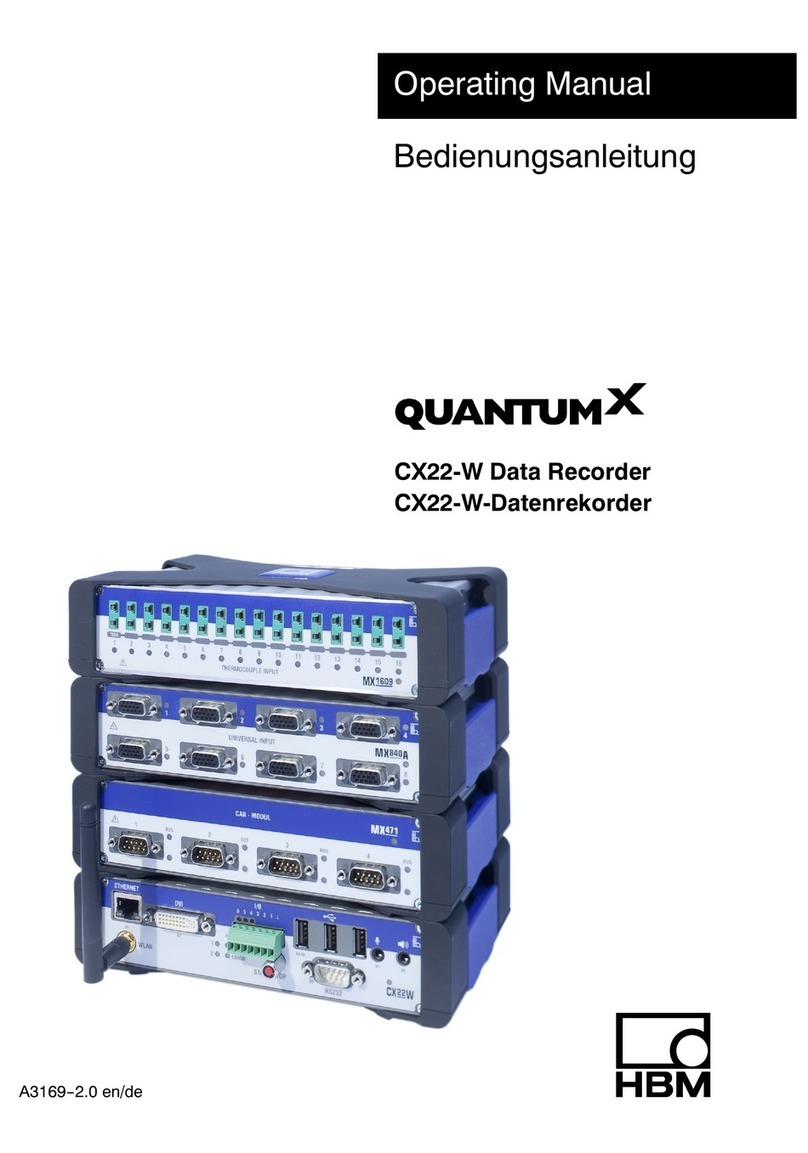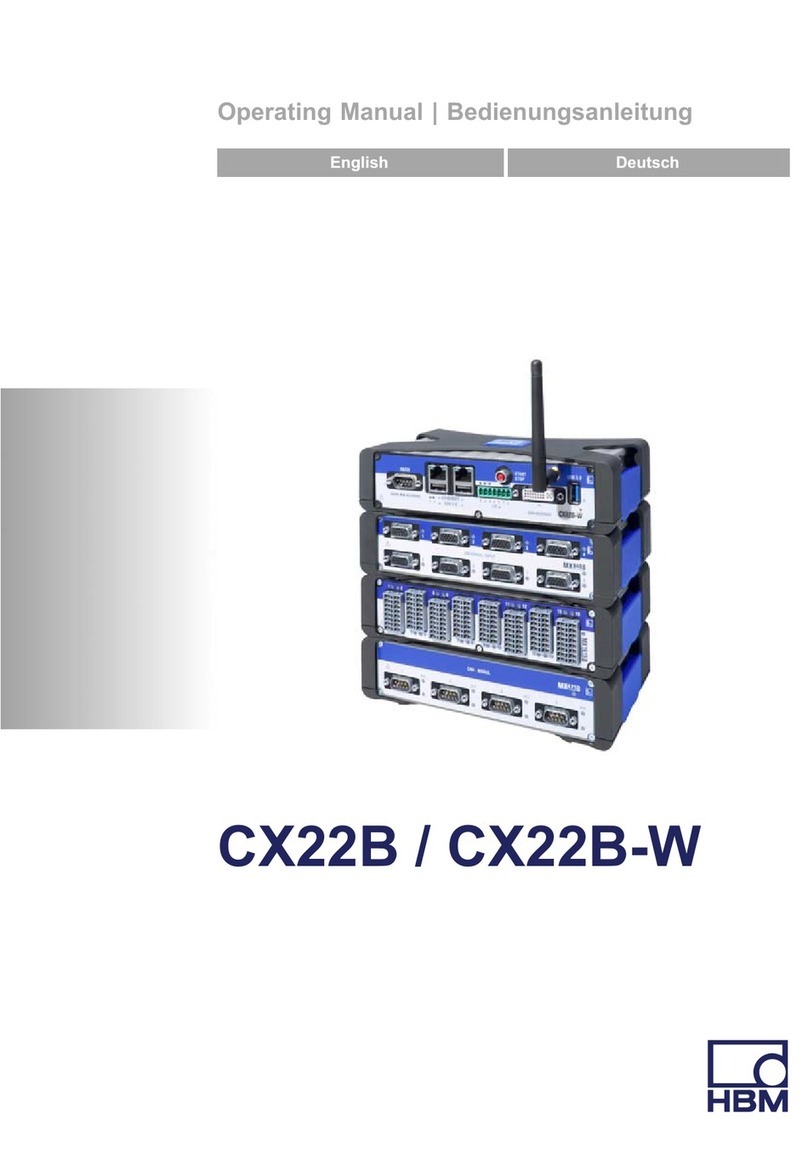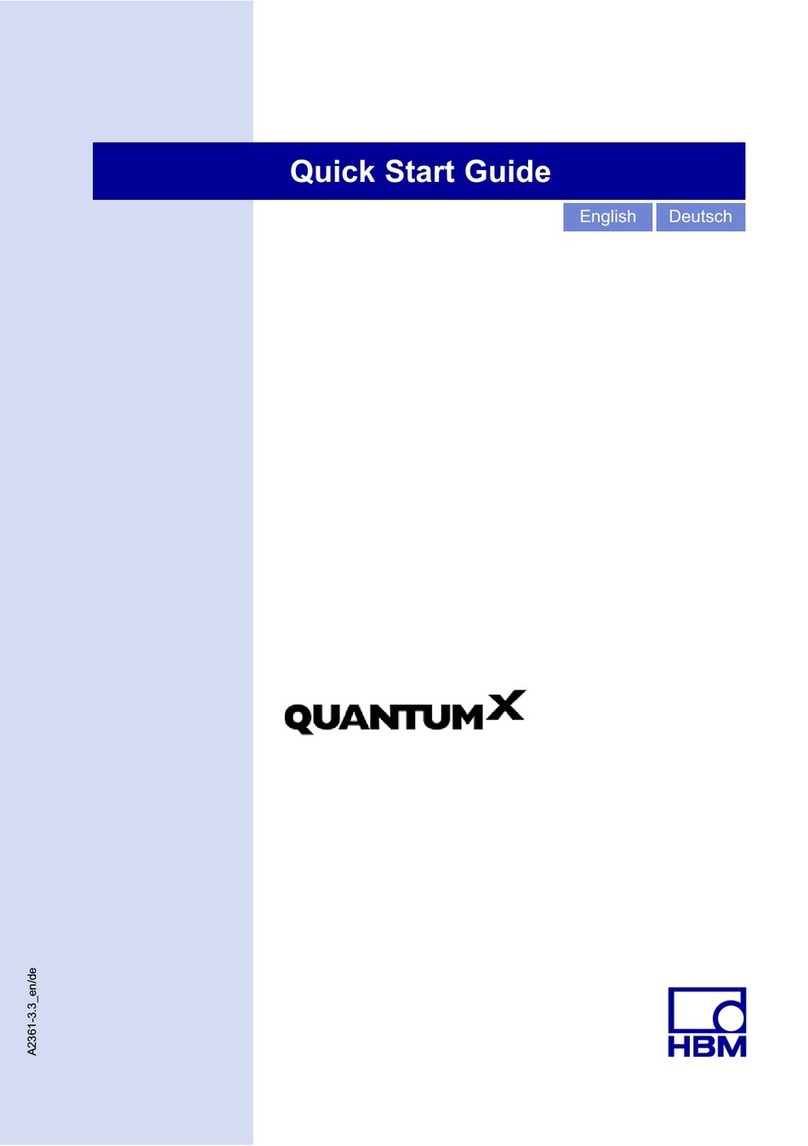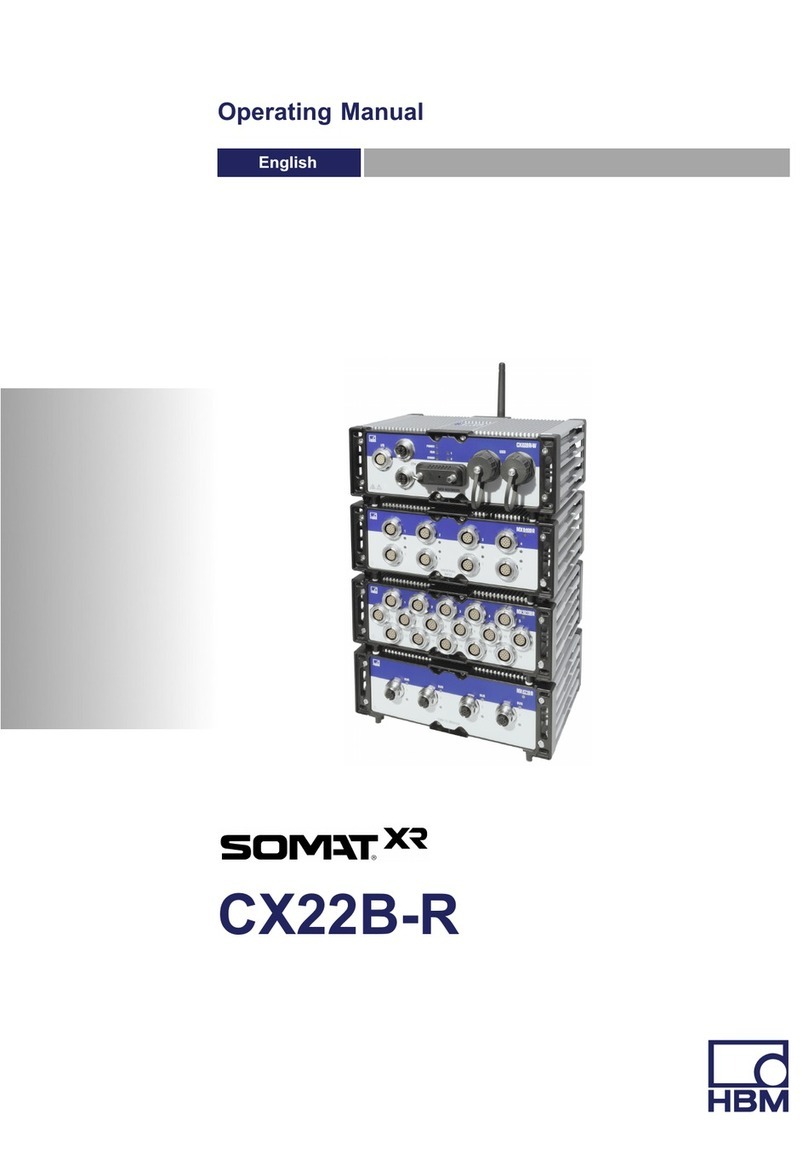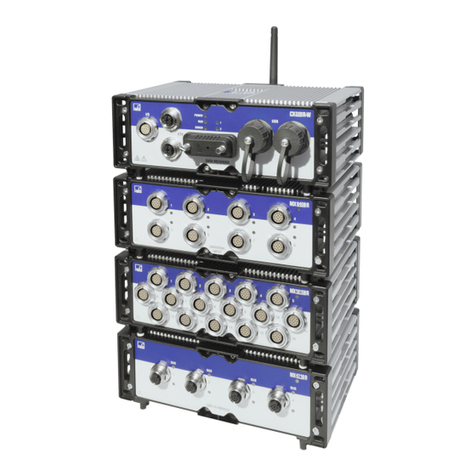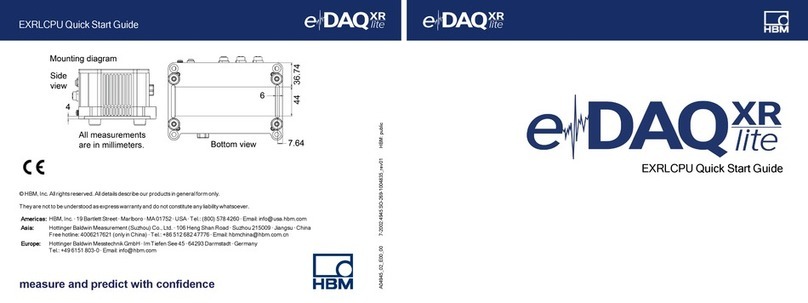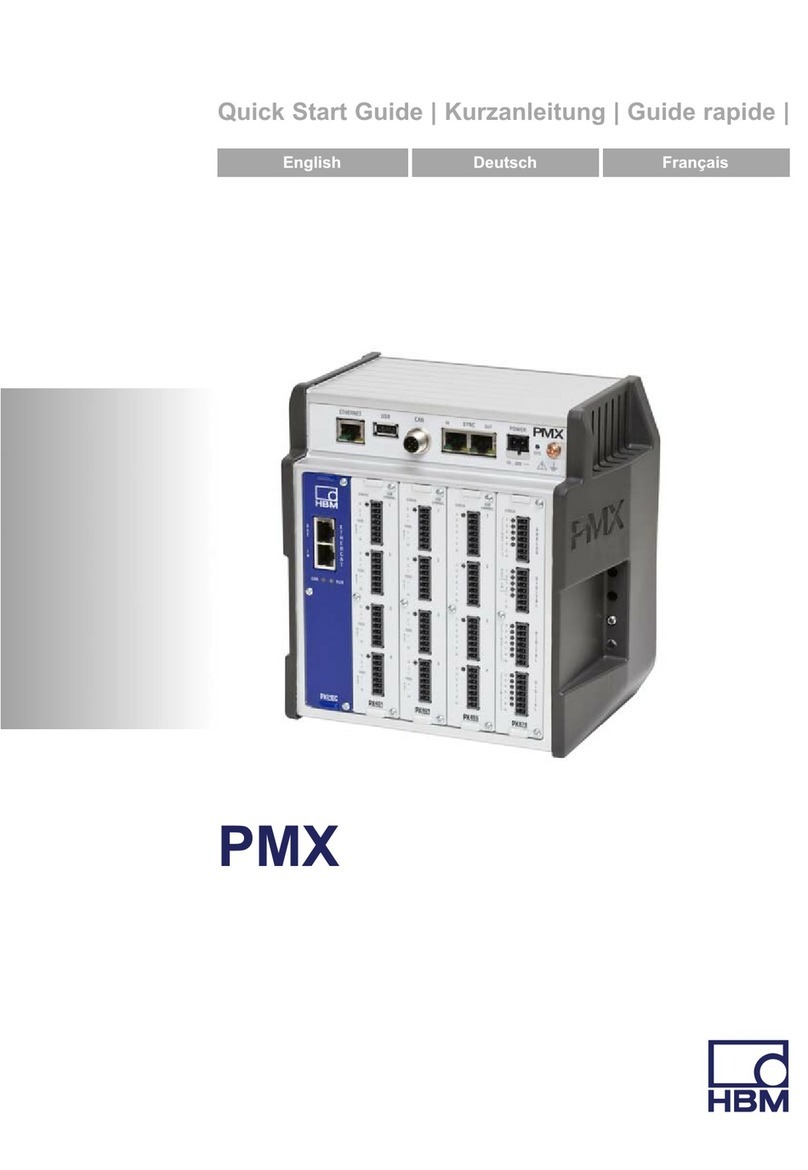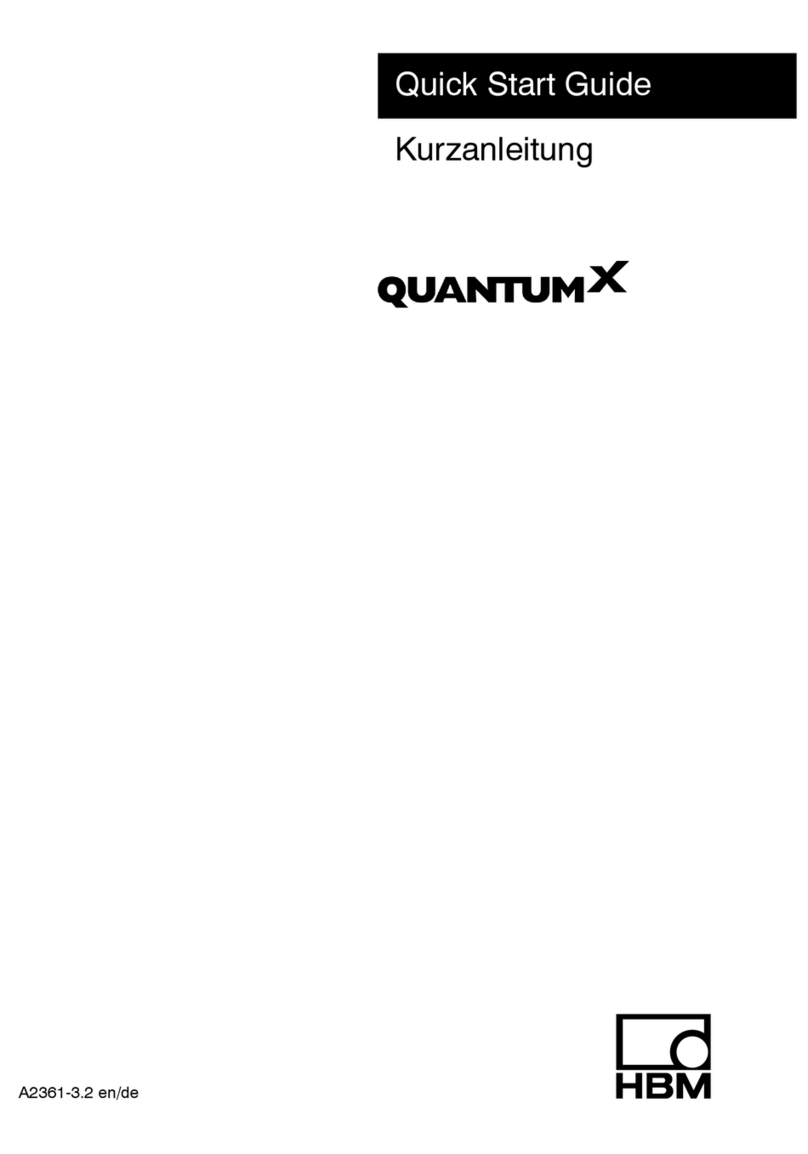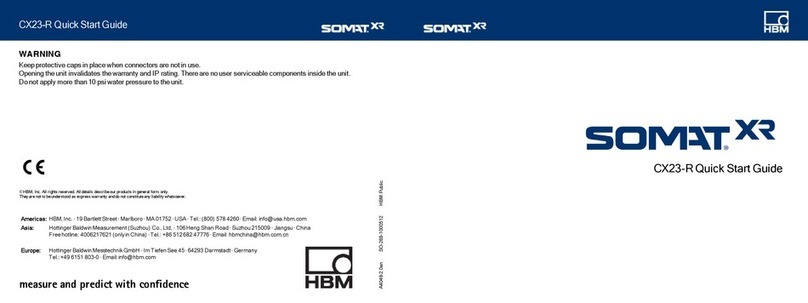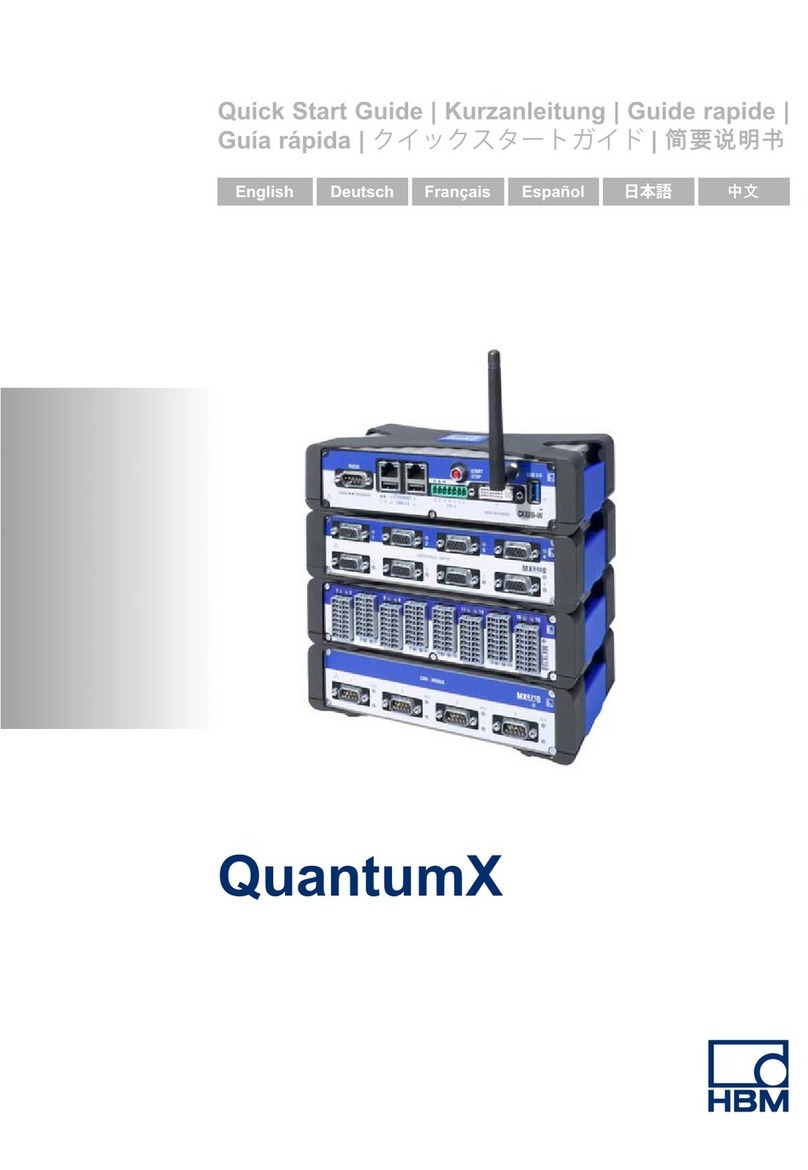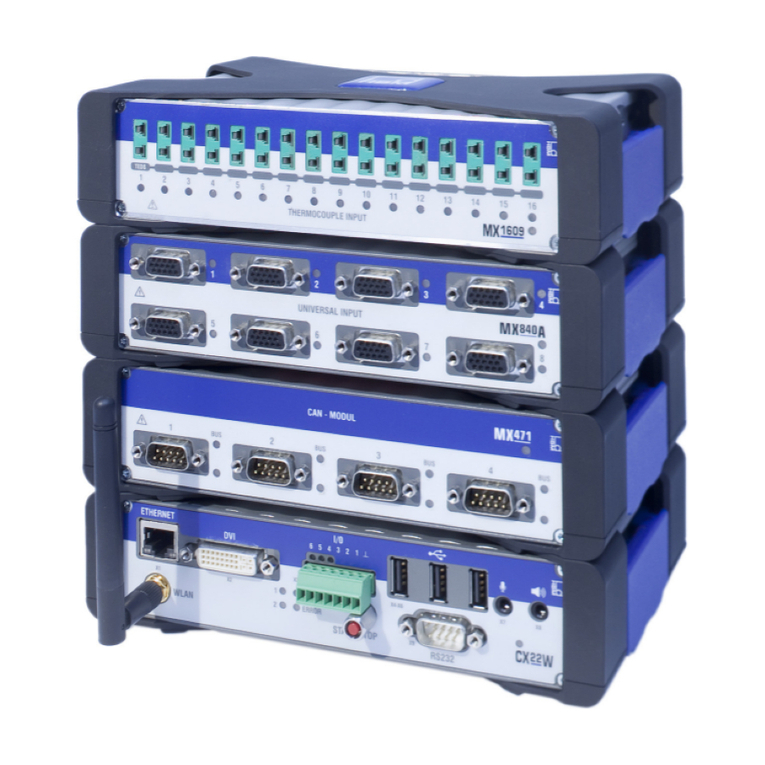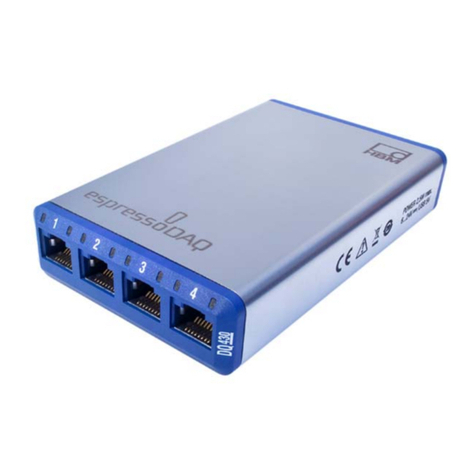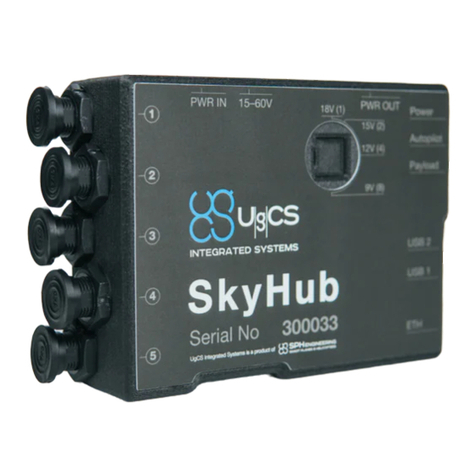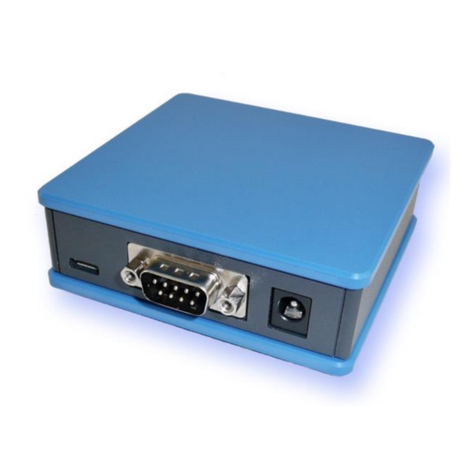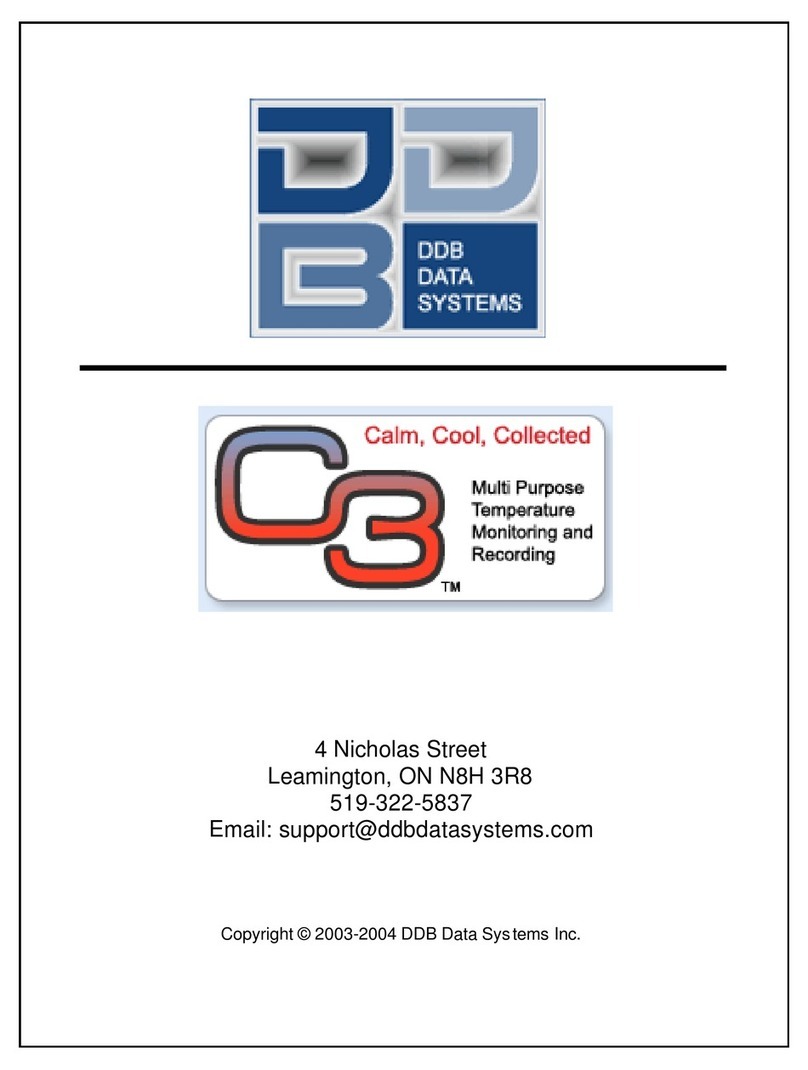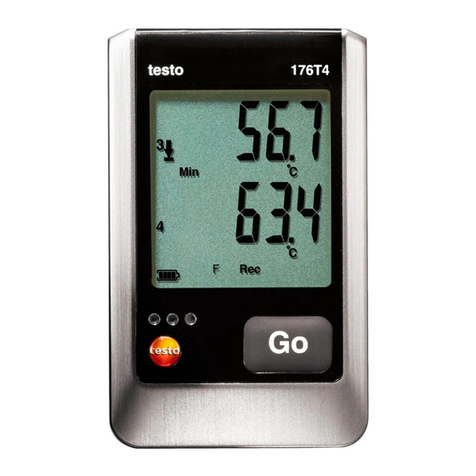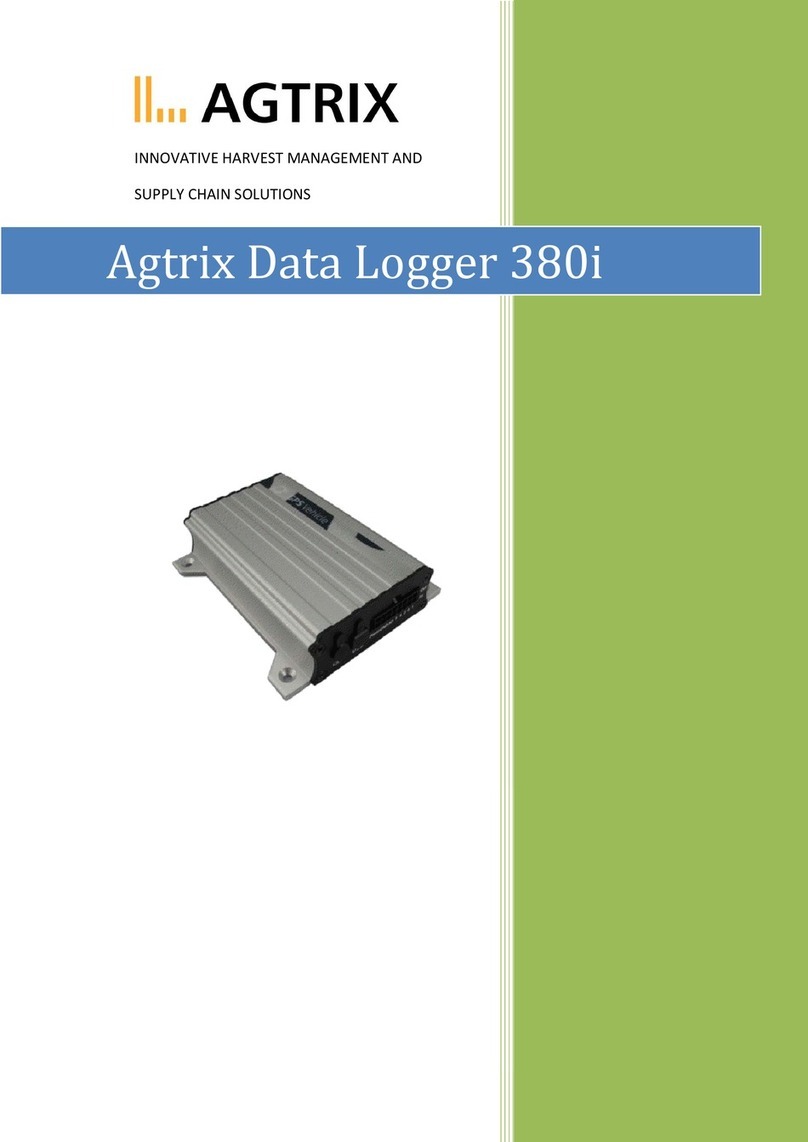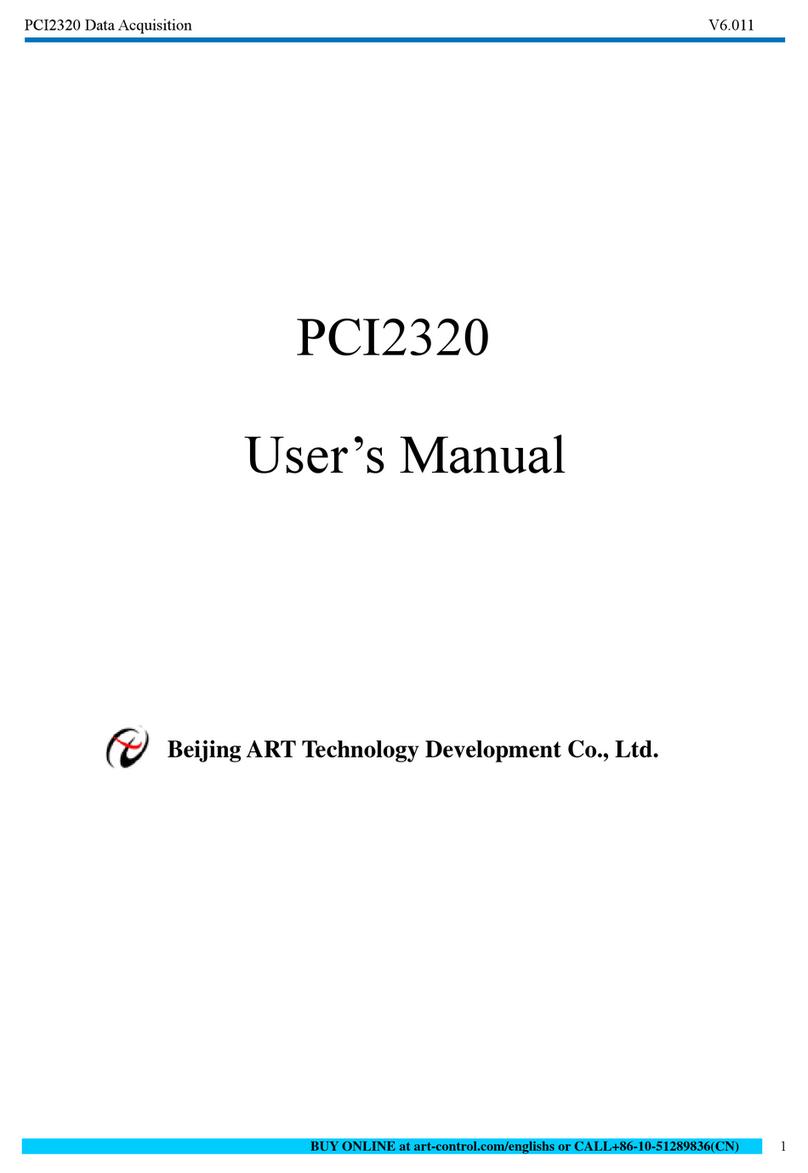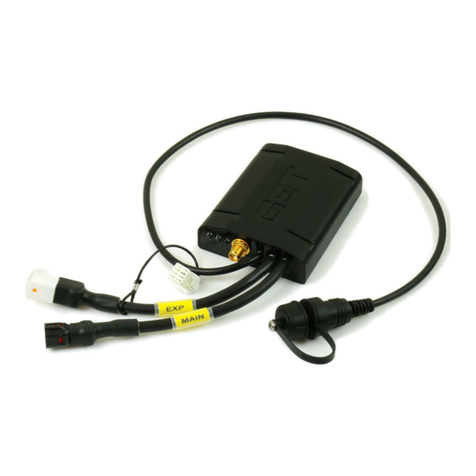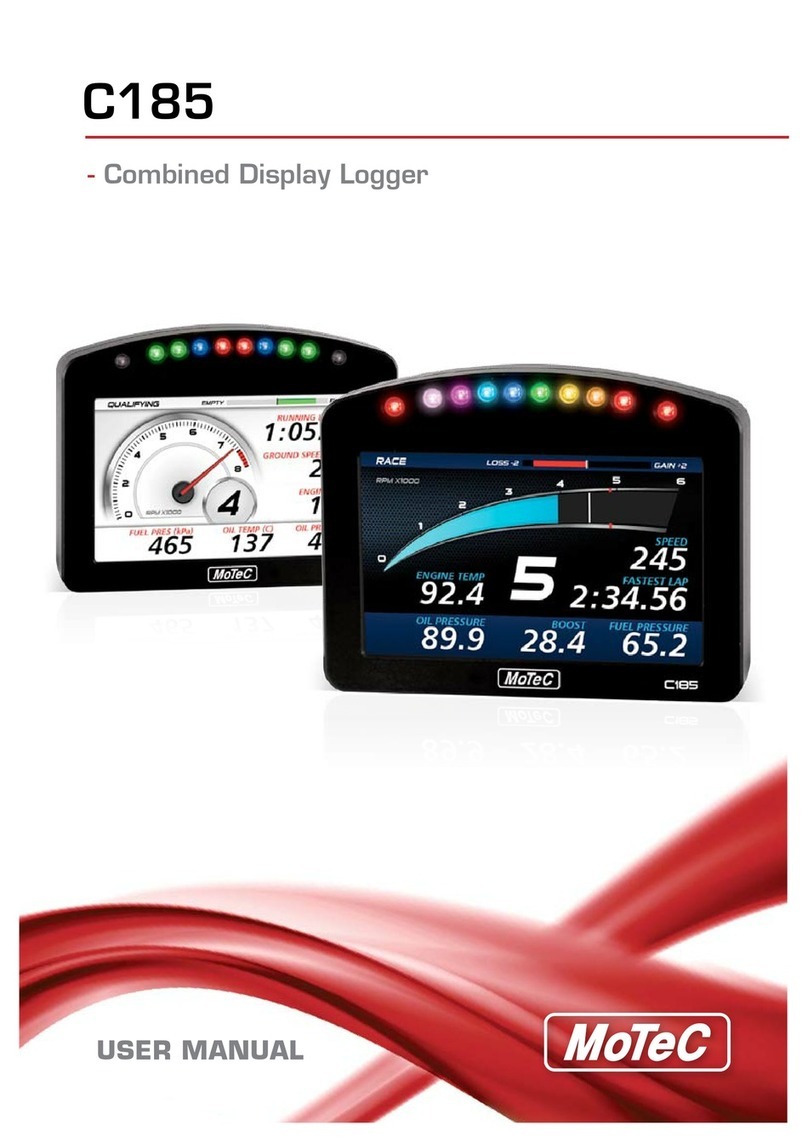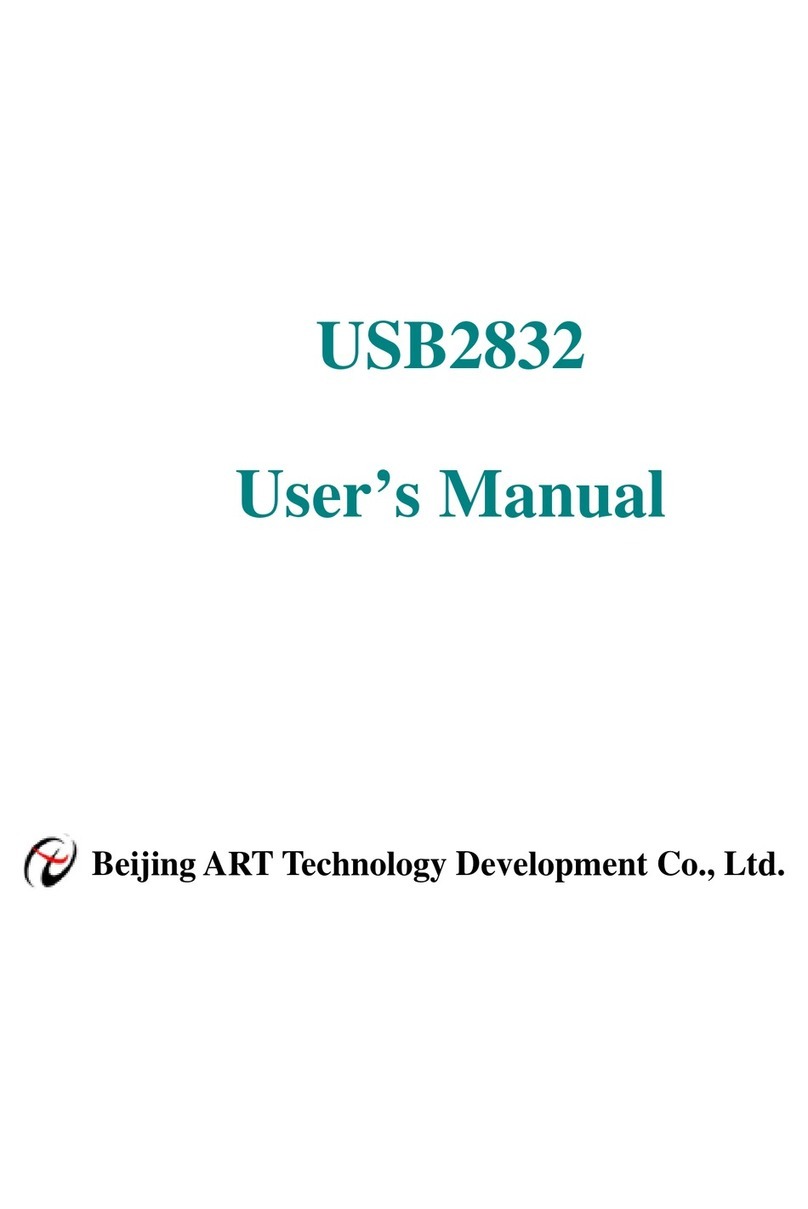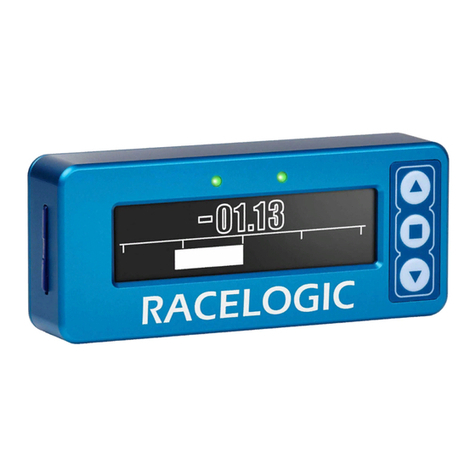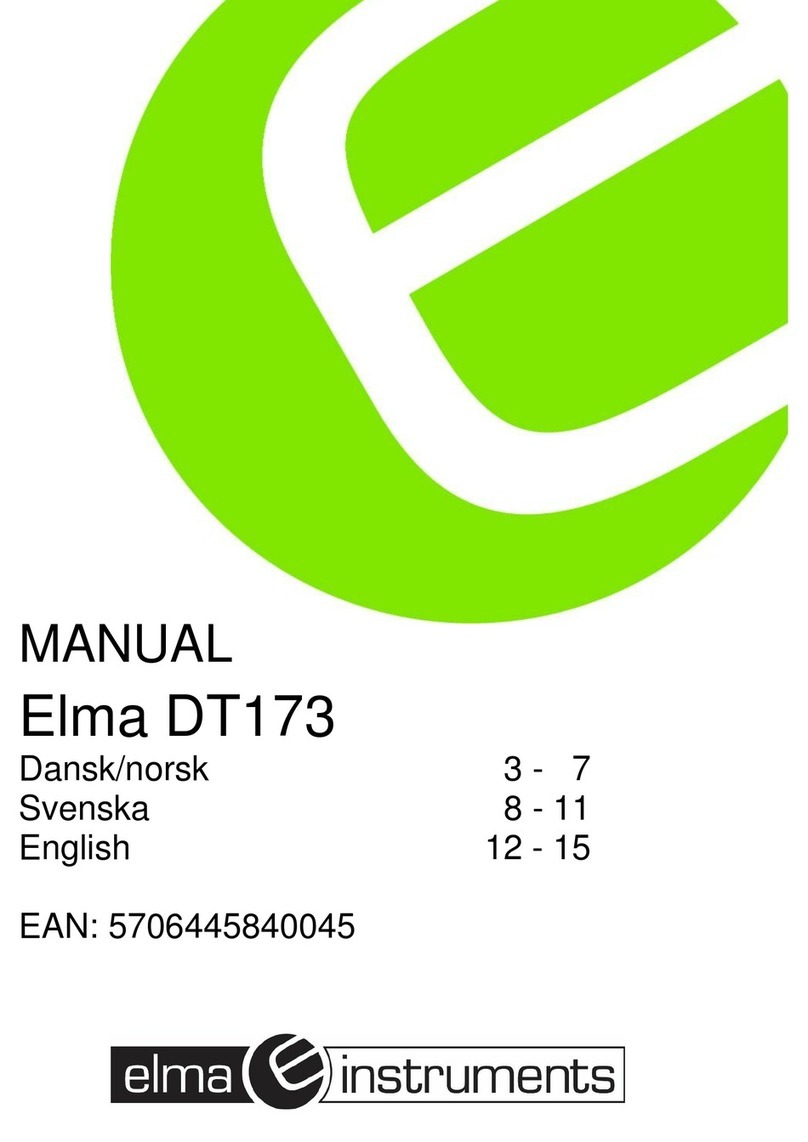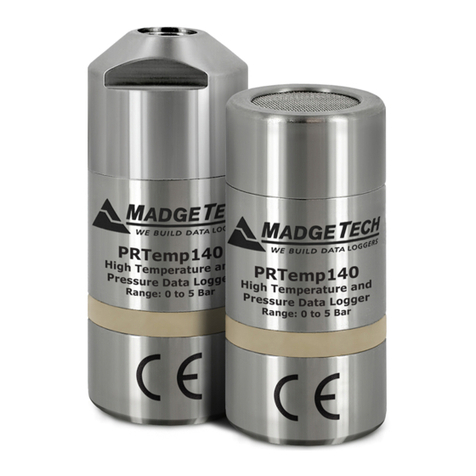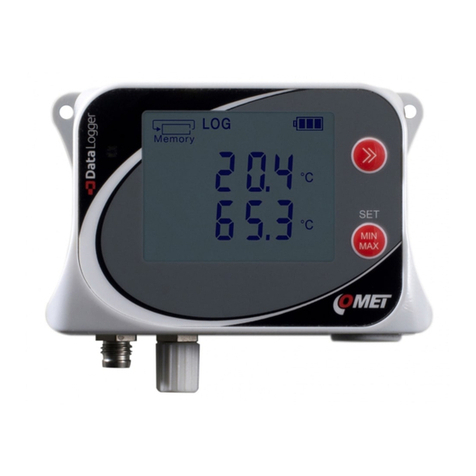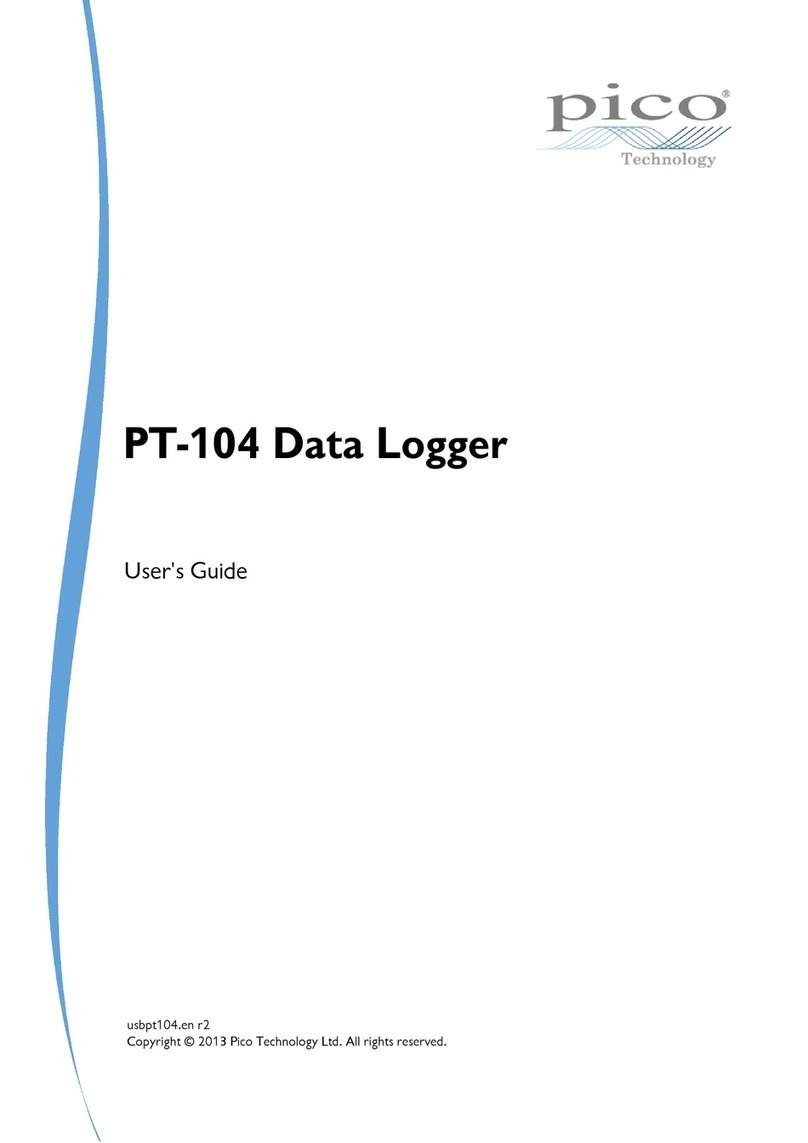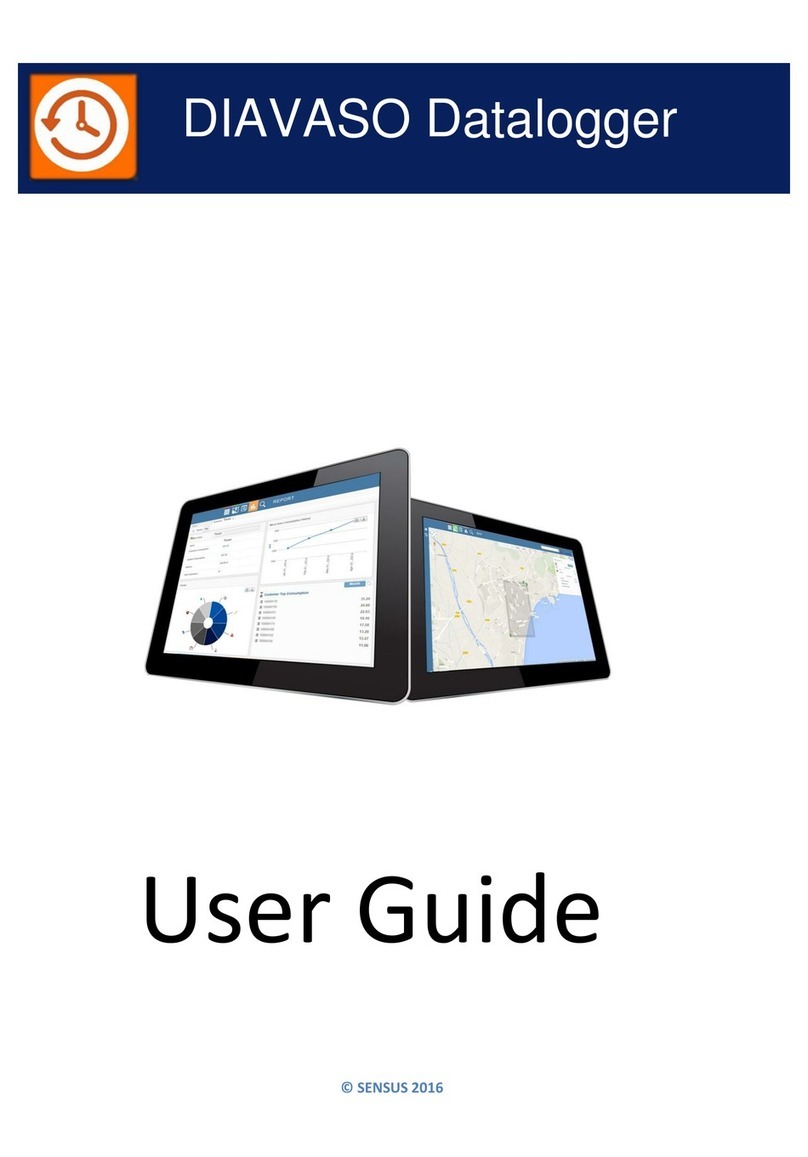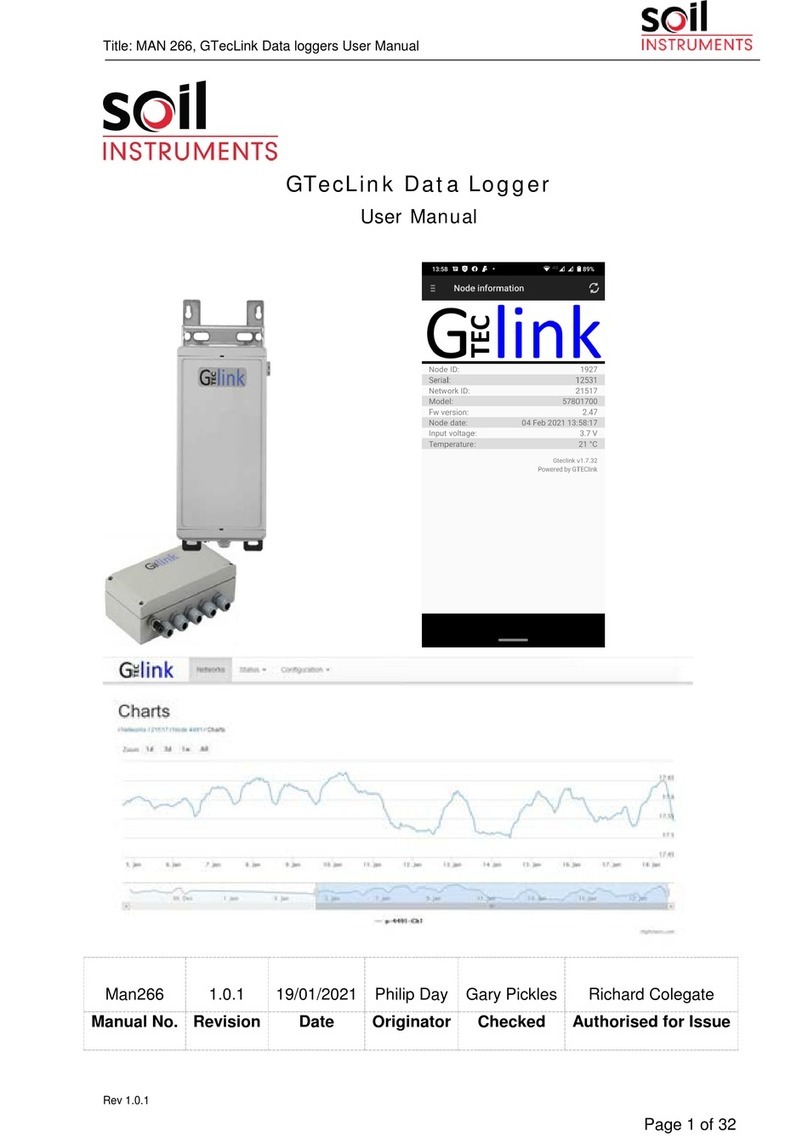
11.7.1.4 Rule 4: Interconnect cables 206
12 Input Cards 207
12.1 Available input cards 207
12.1.1 Acquisition card feature comparison 210
12.2 Isolated 1kV input cards 211
12.2.1 GN610B, Isolated 1kV 2MS/s input card with real-time formula database 211
12.2.2 GN611B, Isolated 1kV 200kS/s input card with real-time formula database 212
12.2.3 GN610, Isolated 1kV 2MS/s input card 213
12.2.4 GN611, Isolated 1 kV 200kS/s input card 214
12.2.5 Using the GN610/GN611 and GN610B/GN611B 215
12.2.6 Understanding the GN610/GN611 and GN610B/GN611B category rating 219
12.2.7 Understanding the GN610/GN611 and GN610B/GN611B input 220
12.2.8 Using the High Precision Differential Probe 222
12.2.9 Measuring currents 224
12.2.10 GN610/GN611, GN610B/GN611B Isolation and type testing 225
12.2.10.1 Channel to chassis isolation test 227
12.2.10.2 Channel to channel isolation test 229
12.2.10.3 High potential test 231
12.2.10.4 Engineering tests 233
12.2.11 GN610/GN611, GN610B/GN611B protection mechanisms 234
12.2.11.1 Overvoltage and current protection 234
12.2.11.2 GN610/GN611 and GN610B/GN611B input overload protection 234
12.2.11.3 Thermal monitor of the input channels 236
12.2.11.4 Thermal shutdown in critical conditions 237
12.2.11.5 Restore range selected by user automatically 238
12.3 Isolated Basic/IEPE cards 239
12.3.1 GN815, Isolated Basic/IEPE 2MS/s input card 239
12.3.2 GN816, Isolated Basic/IEPE 200kS/s input card 240
12.3.3 Using the GN815 and GN816 241
12.3.4 Understanding the GN815 and GN816 isolation 243
12.3.5 Understanding the GN815 and GN816 input 244
12.3.5.1 Characteristics per channel: 245
12.3.5.2 Using probes: 245
12.3.6 GN815 and GN816 Input overload protection 246
12.3.6.1 Thermal monitor of the input channels 247
12.3.6.2 Restore range selected by user automatically 247
12.3.6.3 Thermal shutdown in critical conditions 248
GEN3i
I3763-3.1 en HBM: public 9
